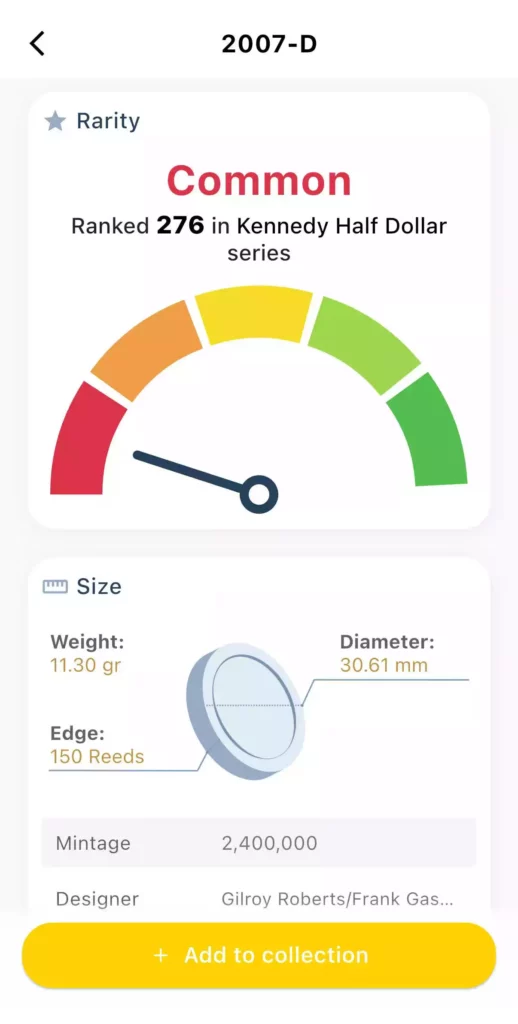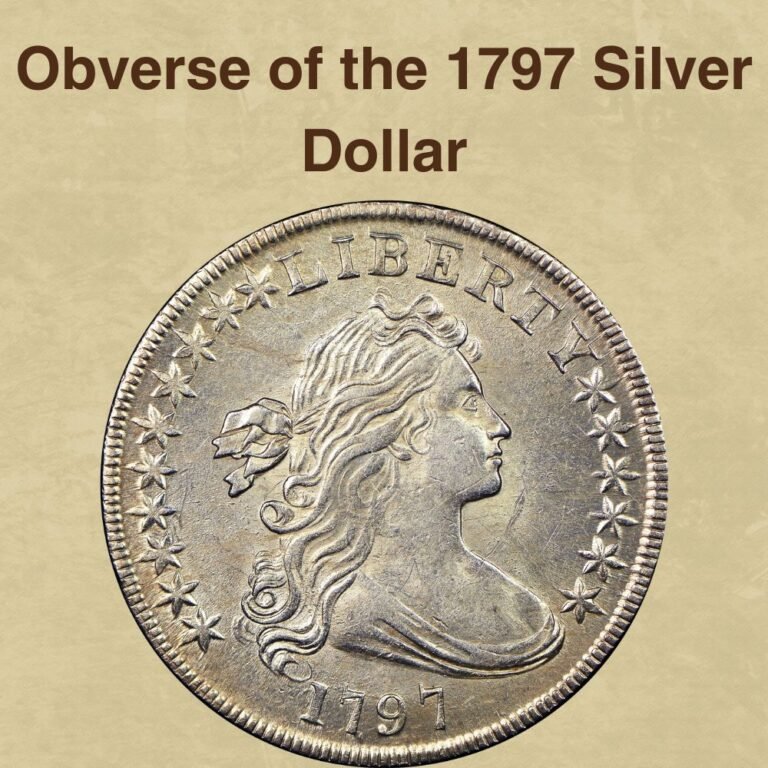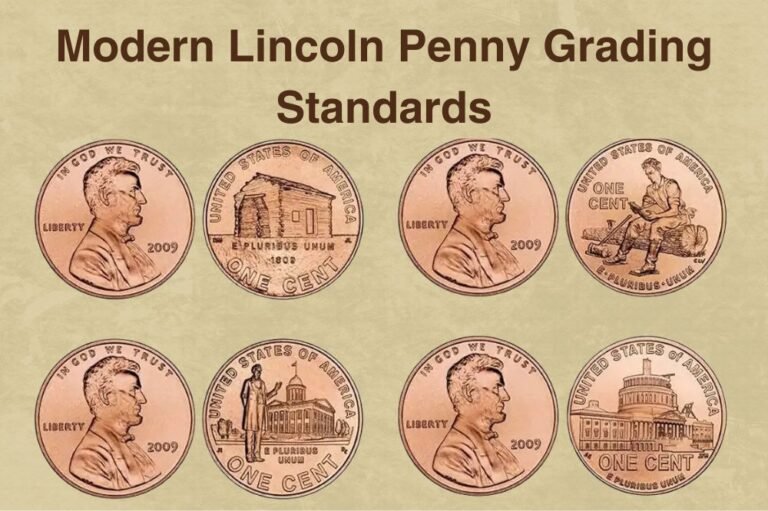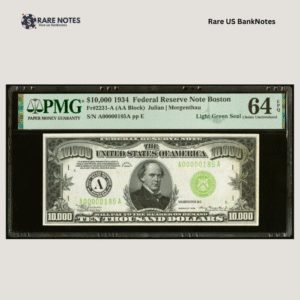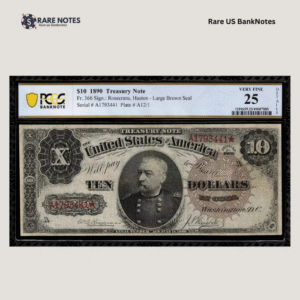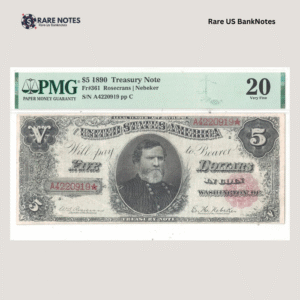Have you come across a 1793 penny and wondered how much it might be worth? You’ve probably caught on the hype around this historic coin and are eager to find out the real 1793 penny value. In that case, you’re in the right place!
The 1793 penny is one of the most sought-after U.S. coins, cherished for its aesthetic appeal, design, sentimental, and historical value. Even in lower grades, this rare penny commands a premium, making it a must-have addition to any collection.
This guide will walk you through the coin’s intriguing history, highlight its notable features die varieties, and share expert grading tips. You’ll also discover interesting minting errors that could make your penny even more valuable.
So let’s get started and find out: How much is a 1793 penny worth?
1793 Half Dollar Value Chart |
||||
| Mint Mark | Good | Fine | Extremely Fine | Uncirculated |
| 1793 Chain Penny (AMERI.) | $12,500 | $32,000 | $90,000 | $1,250,000 |
| 1793 Chain Penny (AMERICA) | $8500 | $23,000 | $70,000 | $1,400,000 |
| 1793 Wreath Penny (Vines and Bars) | $3,175 | $6,500 | $25,000 | $325,000 |
| 1793 Wreath Penny (Lettered Edge) | $3,500 | $7,000 | $25,500 | $335,000 |
| 1793 Liberty Cap Penny | $15,000 | $28,000 | $165,000 | $319,000 |
History of the 1793 Penny Value
The 1793 penny was the first large cent minted by the United State Mint. There are three types, each based on its reverse design: the Chain, Wreath, and Liberty Cap.
The Chain Cent
The Chain penny was only minted from February to March 1793 after which production was halted mostly due to intense public dissatisfaction with the coin. Henry Voigt, an instrument maker, is believed to have engraved the obverse, which features Liberty’s profile with tousled hair and a frightened or anxious appearance in her face. Liberty’s appearance was widely criticized.
Voigt is also presumed to have designed the reverse, showing an interlocked chain with 15 links, symbolic of the original thirteen colonies, along with Kentucky and Vermont. The public, however, felt that the chain represented slavery, fueling more negative sentiment. By the end of March, the Mint didn’t have any more planchets and during this downtime, a new design that would replace the Chain cent was prepared and approved.
The Wreath Cent
The Wreath cent was the second design type of the 1793 penny, and like its predecessor, was minted only that year. The obverse, again attributed to by Henry Voigt, features a Liberty head with flowing hair, a slight modification from the Chain cent design, which had received widespread public criticism. On the reverse, the interlocking chain was replaced a wreath, from which its name originated. There are numerous variations of the Wreath cent design; we’ll explore the major ones later on in the article.
The Liberty Cap Cent
The Liberty Cap design replaced the Wreath design. Minted from 1793 to 1796, it lasted a little longer than its two predecessors before being replaced by the Draped Bust design. Joseph Wright designed the Liberty Cap large penny, which shows Liberty holding a staff topped with a Phrygian cap.
Like the Wreath design, the Liberty Cap design has numerous varieties arising from differences in Liberty’s head and the shape and size of the numbers. Some of these varieties are highly valuable and we’ll discuss them later in the article.
All three 1793 penny designs are scarce and popular among collectors. These coins can be a valuable addition to any collection, fetching premium prices even in lower grades.
Also read: 12 Most Valuable Lincoln Penny Worth Money
Features of the 1793 Penny
By familiarizing yourself with features of the 1793 penny, you’ll be in a better position to grade and authentic your coin. Knowing these physical attributes can also help you identify large pennies worth money.
So, let’s look at the features of all three penny designs—the Chain, Wreath, and Liberty Cap pennies.
Obverse of the 1793 Penny

The obverse of the Chain design penny features Liberty’s portrait with tussled hair and a somewhat frightened look. The word LIBERTY appears above and the date, 1793, is etched below.
On the reverse of the Wreath design penny, a softer-looking Liberty is shown. The word LIBERTY also appears above while at the bottom there is a three-leaved sprig followed by the date, 1793.
The Liberty Cap design penny shows Liberty with her hair flowing softly, as she carries a staff and Phrygian cap over her left shoulder. The Phrygian hat was a symbol of freedom, gifted to freed slaves.
Reverse of the 1793 Penny
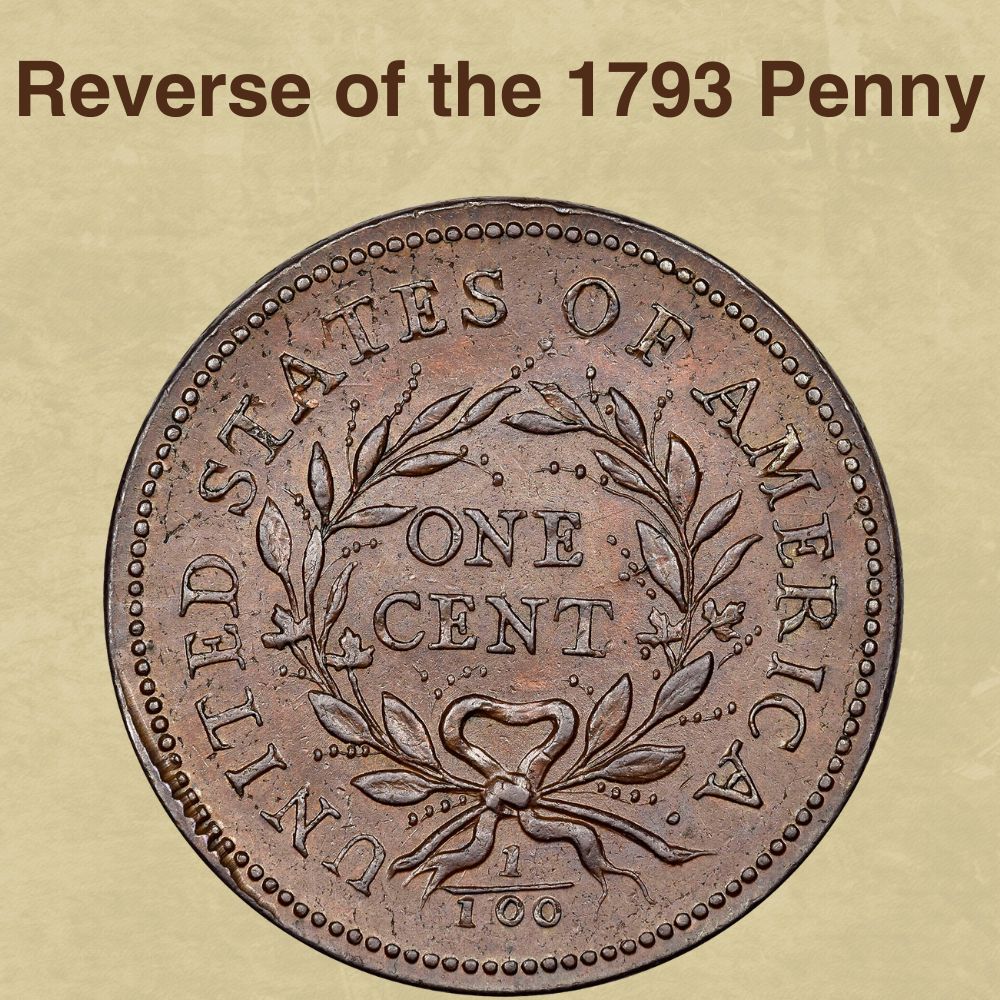
On the reverse, the Chain design shows an interlocking chain with 15 links, representing the 13 original states, as well as Kentucky and Vermont.
The interlocking chain encircles the denomination, ONE CENT, and the corresponding fraction, 1/100. The first working die did not have enough space for the words UNITED STATES OF AMERICA, so the engraver opted to abbreviate it to UNITED STATES OF AMERI. to balance the obverse and reverse designs. However, on the subsequent dies, the entire phrase, UNITED STATES OF AMERICA, appears along the coins’ outer edge.
The Wreath design features a wreath tied at the bottom in a bow. The denomination, ONE CENT, is centered within the wreath while the corresponding fraction, 1/100 appears below the bow. The inscriptions, UNITED STATES OF AMERICA, etched around the rim.
The Liberty Cap design shows a sparse laurel tied at the bottom in a bow. The denomination, ONE CENT, is etched within the wreath while the corresponding fraction, 1/100, appears below the bow. The words UNITED STATES OF AMERICA are inscribed along the coin’s circumference.
Other Features of the 1793 Penny
Let’s now look at other notable features of the three large pennies.
Chain Penny
- Diameter: 27.00 millimeters
- Weight: 13.48 grams
- Edge: Bars and Vines
- Metal Composition: Copper
Wreath Penny
- Diameter: 28.50 millimeters
- Weight: 13.48 grams
- Edge: Vine and Bars and Lettered: ONE HUNDRED FOR A DOLLAR
- Metal Composition: Copper
Liberty Cap Penny
- Diameter: 28.50 millimeters
- Weight: 13.48 grams
- Edge: Lettered: ONE HUNDRED FOR A DOLLAR
- Metal Composition: Copper
Also read: 13 Most Valuable Wheat Penny Worth Money
1793 Penny Value Guides
So, how much is the 1793 penny? Factors such as the coin’s condition, rarity, and varieties come into play when determining the value of the 1793 large cent. All three designs—the Chain, Wreath, and Liberty Cap, were minted at the Philadelphia Mint, which was the only minting facility at the time.
Due to the low mintages, there are very few survivors of the 1793 penny, both in circulated and uncirculated states.
Let’s look at how much each 1793 penny design is worth.
1793 Chain Design Penny Value

The Philadelphia Mint struck only 36, 103 1793 Chain pennies. The first reverse die had the word AMERICA abbreviated to AMERI., a peculiarity that has been attributed to the idea that the engraver didn’t space the letterings correctly so the entire word could not fit on the planchet. The AMERI. variety is extremely rare across all grades with less than 5,000 known survivors.
Here’s a breakdown of the values:
- Circulated examples: These are scarce and will fetch premium prices in all grades. Examples graded Poor/Average will sell for as much as $6,500, those graded Good (G) can bring in up to $12,500, and a Fine (F) will sell for as much as $32,000. An Extremely Fine (XF) example will sell for as much as $90,000 while a rare About Uncirculated (AU) piece will bring in up to $310,000.
- Mint State examples: Uncirculated examples are genuinely rare and hard to come by even for advanced collectors. At MS60, any survivors will sell for as much as $365,000 while an extremely rare MS64 can bring in up to $1, 250,000.
- Auction record: In a record-breaking sale, Heritage Auctions sold an extremely rare MS64+ (Brown) for $1, 500,000.
On subsequent reverse dies, the word AMERICA is spelled out in full. This variety is equally scarce but slightly more plentiful than the AMERI. variety. Prices range from $4,750 for Poor/Average examples to $180,000 for About Uncirculated (AU58). Mint States are extremely rare, fetching between $225,000 for MS60 to $980,000 for MS65 examples.
1793 Wreath Design Penny Value

Between April and July 1793, the Philadelphia Mint struck 63,353 Wreath cents. Early coins featured a vine and bars edge but this was replaced midway with a lettered edge.
There are several varieties of the Vine and Bars edge including S-5, 6, 8, 9, 10, and 11a, with the S-9 being the most common while NC-2,3,4, and 5 are acutely rare. The lettered edge has two varieties including S-11b and S-11c, which have two and one leaf after the letters, respectively.
So, how much is the 1793 Wreath Penny worth?
Here’s what to expect:
- Circulated Examples: These are scarce for the Vine and Bars (V&B) and Lettered coins but command premiums in all grades. Examples graded Good (G) will fetch up to $3175 for V&B cents and up to $3,500 for the lettered variety. Fine examples will sell for $6,500 to $7,000, Extremely Fine (XF) will fetch as much as $25,000-25,500 and About Uncirculated (AU) up to $55,000-$60,000.
- Mint State Examples: These are genuinely rare. Existing V&B survivors graded MS60 will sell for $55,000 and up to $72,500 for the lettered variety. For an extremely rare MS64, expect $150,000- $335,000.
- Auction Record: In 2017, Legend Rare Coin auctioned an MS64 (Browed, Lettered) for a remarkable $293, 750 while in 2013 Stack’s Bowers sold an MS69 (V&B) for a record $558,125.
1793 Liberty Cap Design Penny Value

In 1793, the Mint produced 11, 056 pennies with the Liberty Cap design. These coins are extremely scarce in all grades and are some of the most highly sought-after early cents, so you can expect premium prices for circulated and the exceptionally rare Mint State examples. There are six known die pairs, including the S-12, 13, 14, 15, 16 and N-6—all are scarce but the NC-6 is the rarest.
Here’s a breakdown of the values:
Circulated Examples: Nice, problem-free examples are rare and will command a premium. Examples graded Poor/Average will sell for as much as $10,000, while those graded Good (G) will fetch up to $15,000. A Fine (F) example will sell for as much as $28,000 while an Extremely Fine (XF) will command up to $165,000.
Mint State Examples: The Professional Coin Grading Service (PCGS) has identified only two authentic Mint State examples of the 1793 Liberty Cap penny, both of which are classified as Brown with the finest one graded MS64 and the other MS62.
Auction Record: In 1996, Bowers & Merena auctioned one of the two surviving Mint State examples graded MS64 for a whopping $319,000.
Also read: 17 Most Valuable Indian Head Penny Worth Money
1793 Penny Grading
Grading 1793 pennies can be challenging because most survivors are heavily worn and some show uneven wear between the obverse and reverse sides.
That said, the key things to pay attention to are the color, surface, and wear. Assess high contact points such as Liberty’s hair above the ear and the forehead area to ascertain higher grade examples.
On the reverse of the Chain penny, examine the chain and inscriptions, and on the Wreath and Liberty Cap pennies, pay attention to the wreath leaves to determine the extent of wear. Higher grade examples will have most of the original patina intact and only light surface damage.
Rare 1793 Penny Errors List
As we’ve seen, there are several notable varieties worth collecting between the Chain, Wreath, and Liberty Cap 1793 pennies. In addition to these varieties, there are some noteworthy minting errors that can also make a valuable addition to your collection.
Let’s look at some of the most popular 1793 penny errors worth collecting:
1. 1793 Penny Die Crack Error

Die crack errors are common on early cents and can fetch between $20-$50 depending on their size, appearance and positioning. This error occurs when a crack forms on the die surface and is gradually filled with metal pieces as the die is put to use. Eventually, the metal-filled crack leaves its impression on the planchet, resulting in a raised crack or bump on the coin’s surface.
2. 1793 Penny Off-Center Error

An off-center error occurs when the die and planchet are misaligned, resulting in the die striking away from the planchet’s center. The greater the misalignment, the more dramatic and appealing the error. A 1793 penny with an off-center error can command $50-100, depending on the extent of misalignment.
3. 1793 Penny Doubled Die Error
A doubled die error occurs when the die strikes the planchet multiple times at different angles, resulting in some doubling on the devices/inscriptions. The more visible the doubling, the more interesting and valuable the error. A doubled die error can add $50-$100 to the regular value of your 1793 penny.
Also read: 11 Most Valuable Wheat Penny Errors
Where to Sell Your 1793 penny?
Now that you know the value of your coins, do you know where to sell those coins online easily? Don’t worry, I’ve compiled a list of these sites, including their introduction, pros, and cons.
Check out now: Best Places To Sell Coins Online (Pros & Cons)
FAQS
Are there any existing 1793 pennies?
Yes, there are a few survivors of the 1793 penny. However, since this is a very old coin, it’ll take a lot of time to find survivors—those that do exist are heavily worn and are sometimes difficult to identify without the help of a professional coin grading service.
How can I tell if my 1793 penny is real?
You can check several things to authenticate your penny. Assess the color and patina for natural, even wear, use a magnet to ensure the coin doesn’t stick, and look for signs of bubbles and seam lines which indicate a cast counterfeit.
Check for a plain edge on a Liberty Cap cent, or lettered or with vines and bars for chain and wreath cents. Assess that the size and weight to ensure that the coin is not too small or light, and compare the design elements to high-resolution images of genuine 1793 pennies.
How much can I get from a 1793 penny?
Expect between $3,000 and 1,000,000 or more depending on the coin’s condition and rarity. Rare varieties will command premiums but so will 1793 pennies across most grades.
The post 1793 Penny Coin Value: How Much Is It Worth Today? appeared first on CoinValueChecker.com.



